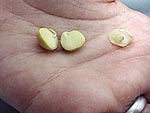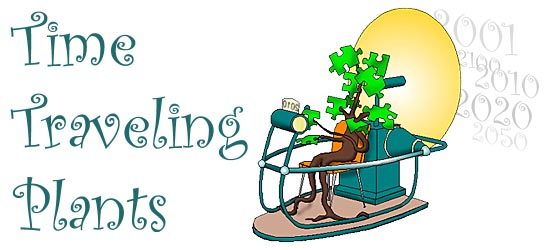
Illustrated by: Dr. Biology
Time travelers invade cornfields by the thousands!Live beings in suspended animation travel to foreign lands! Wild creatures escape the barriers of time - resurface after years underground! Time machines found in Ellen Sanchez' backyard!
Sounds like science fiction? Well, it isn't.
Every year billions of babies are dried and buried, not to be unburied for weeks, months, years or even decades. Don't worry, these are not babies like your little brother or sister, these are baby plants, or as you might call them, seeds. Why would a mom do such a thing? To answer this question, imagine you are a plant. You have no legs or wings or fins. You can't move from the place where you are rooted. You can't turn on the heat when it gets cold or the air conditioner when it gets hot. If it doesn't rain near you, you can't go get the water from someplace else. Now let's say you're ready to reproduce, how could you take care of your babies? How could you be sure they'd have a good chance at survival? The answer for mother plants is to pack them up in a special time capsule called a seed.
How is a seed like a time capsule?
Like a chicken egg, a seed is a package containing the plant embryo and food for the baby plant. The package is then covered in a protective hard shell called the seed coat. But unlike chicken eggs, most seeds can remain dormant for weeks or years, waiting for the conditions to be right. When the time is right the seed germinates and the new plant starts to grow.
What conditions do seeds need to start growing?
Sometimes seeds only need water. But other seeds get clues from their environment that tell them the time is right . What kind of clues do seeds need from their surroundings? Well, that depends on the seed. Seeds of annual plants in the desert wait until it has rained a lot, and then germinate. You can see an example of this in the two pictures below. Some seeds on the forest floor wait for a tree to fall and sunlight to hit them. Some seeds of California chaparral plants wait for the plants above them to burn. Other seeds need to travel through an animal's gut and get scarred by the digestive acids in order to germinate.
A mesquite forest in the Sonoran desert
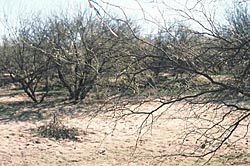
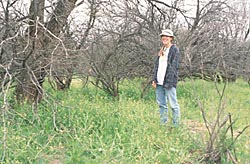
What kind of information does the seed get from these clues?
These clues let the seed know that it's time to grow. Let's say you're a plant that needs a lot of sunlight to grow well. If you reproduce and spread your seeds all over the forest, a lot of your babies end up underneath other plants where they get too much shade. But remember, a seed is like a time capsule, it can wait, dormant, for a long time. One day the plant that is shading you dies. Light hits you for the first time since you left your mom, and that is the clue you've been waiting for. Now you can germinate, grow big and strong and make new babies of your own.
The seeds of some plants get buried over time. These seeds can't respond to sunlight. They get their clue when the temperature in the soil changes. When the soil warms up, they start growing.

Here's another example. Ever wonder why some seeds won't germinate until after they've been chilled for a few weeks? This cold temperature is a clue about the time of year. That's right, it tells them it's winter. But why do they need to know when winter has passed? Well, these plants come from places where the mildest times of the year are spring and fall, these are the times of the year when it's not too cold or too hot. In these places, winters can be so cold that plants die. The seeds need to start growing in the spring so they have enough time to grow up and make their own seeds before winter comes. These seeds won't germinate until it has been cold in the winter and then warm again in the spring. Now it will be warm until next fall and the plant can grow and reproduce. If the seed couldn't tell the difference between spring and fall it would start growing at the wrong time of the year.
Sometimes seeds get tricked into growing at the wrong time. For example, when there is long warm spell in the middle of winter. They start growing during the warm spell. Then the winter weather returns and the plants die. Other seeds avoid growing at the wrong time by sensing changes in the length of days. In the summer days are longer. Days get shorter as the winter approaches. Seeds that need warm weather and longer days will almost always germinate at the right time.
Seeds are actually very amazing time travelers. Just how long they can remain dormant and still germinate is part of an ongoing experiment that began in 1880 by a scientist named William James Beal. This experiment continues even today along with other studies of seeds that show some seeds have been time traveling for even longer - 3000 years to be exact.

Are you ready to learn more about how seeds grow? Here is a fun experiment that you can try at home, or in your classroom. It is called the Pocket Seed Experiment, and we have prepared a detailed instruction packet to get you started.

Don't have time to run the experiment yourself, don't worry. You can help Dr. Biology with his own pocket seed experiment. He just completed it, but needs some volunteers to analyze the data. Head this way to enter Dr. Biology's Virtual Pocket Seed Experiment.
Additional images from Wikimedia.
Read more about: Time Traveling Plants
Bibliographic details:
- Article: Time Traveling Plants
- Author(s): Elena Ortiz
- Publisher: Arizona State University School of Life Sciences Ask A Biologist
- Site name: ASU - Ask A Biologist
- Date published: 7 Oct, 2009
- Date accessed:
- Link: https://askabiologist.asu.edu/explore/time-traveling-plants
APA Style
Elena Ortiz. (Wed, 10/07/2009 - 19:25). Time Traveling Plants. ASU - Ask A Biologist. Retrieved from https://askabiologist.asu.edu/explore/time-traveling-plants
Chicago Manual of Style
Elena Ortiz. "Time Traveling Plants". ASU - Ask A Biologist. 07 Oct 2009. https://askabiologist.asu.edu/explore/time-traveling-plants
Elena Ortiz. "Time Traveling Plants". ASU - Ask A Biologist. 07 Oct 2009. ASU - Ask A Biologist, Web. https://askabiologist.asu.edu/explore/time-traveling-plants
MLA 2017 Style
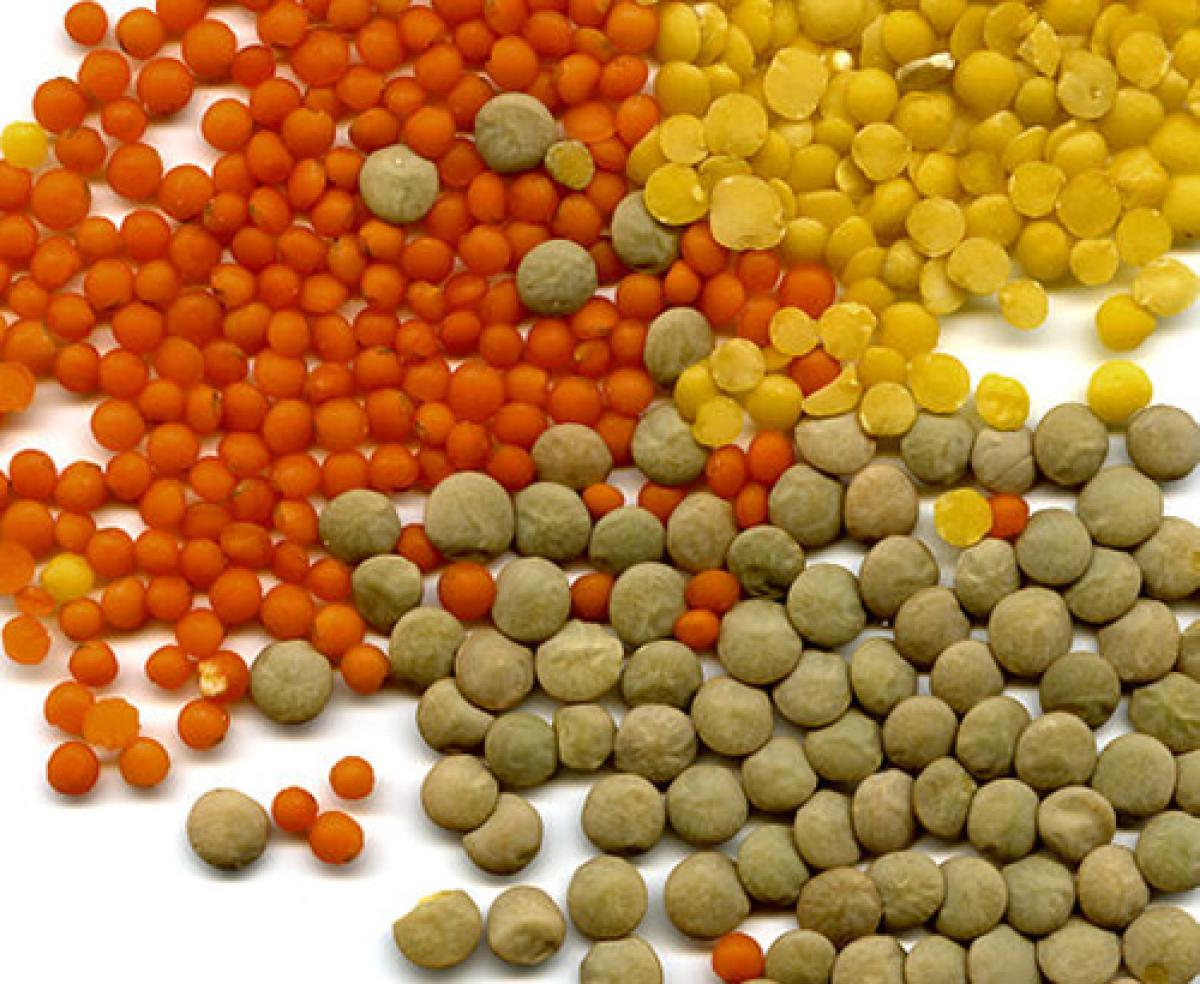
Seeds come in many shapes, colors and sizes. These peeled lentil seeds are great time travelers.
Be Part of
Ask A Biologist
By volunteering, or simply sending us feedback on the site. Scientists, teachers, writers, illustrators, and translators are all important to the program. If you are interested in helping with the website we have a Volunteers page to get the process started.

